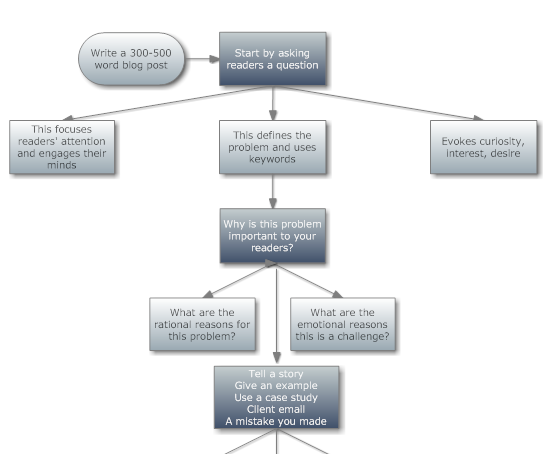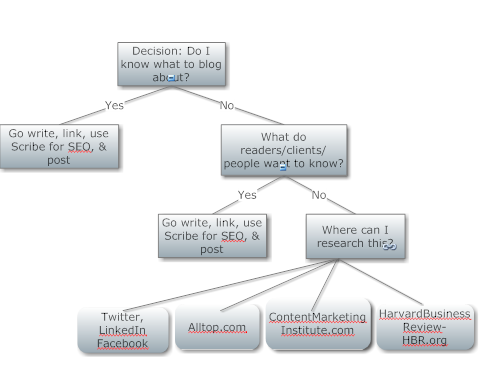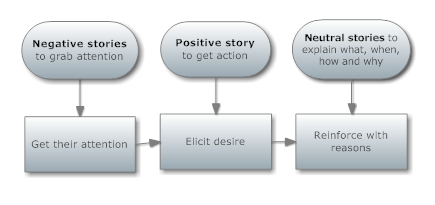 Have you ever encountered this problem when blogging or writing content marketing?
Have you ever encountered this problem when blogging or writing content marketing?
Because of the informal nature of writing on a blog, or for online ezines, people now write like they speak – you know what I mean? Instead of commas or semi-colons, everyone uses dashes to interject phrases – just like the way we talk.
But everyone uses them differently! Forget the Chicago Manual of Style! As I read through other great blogs, I see lots of variations on the use of hyphens and dashes:
1. People use a double hyphen–like this. Sometimes with a space on both sides — like this, sometimes with no spaces on either side.
2. People use a hyphen instead of a dash. This is most likely because the dash is not on the keyboard. You have to find it under symbols and who wants to take time to do that?
3. People use an en dash instead of the em dash. An en dash is the shorter version of the em dash. With an en dash there is a space on both sides – with an em dash, there are no spaces—you just put it in.
Am I the only one who cares about this? If we are not going to follow the rules of academia as outlined in the manuals, are we inventing new usages because of the lack of a dash on the keyboard?
(WordPress tip: you can insert custom characters found in the omega icon in your wysiwyg editor.)
I feel like the author of Eats, Shoots & Leaves (Lynn Truss)…my inner stickler is on the loose.
Let’s all get together and decide: if we use a hyphen instead of a dash, let’s make it just one with spaces on both sides – like this, okay? Personally, I prefer the em dash with spaces on both sides — but that’s not supposed to be correct.
Unless you write in to tell me you’d prefer something else, I’ll keep on doing that and assume you agree with me…















